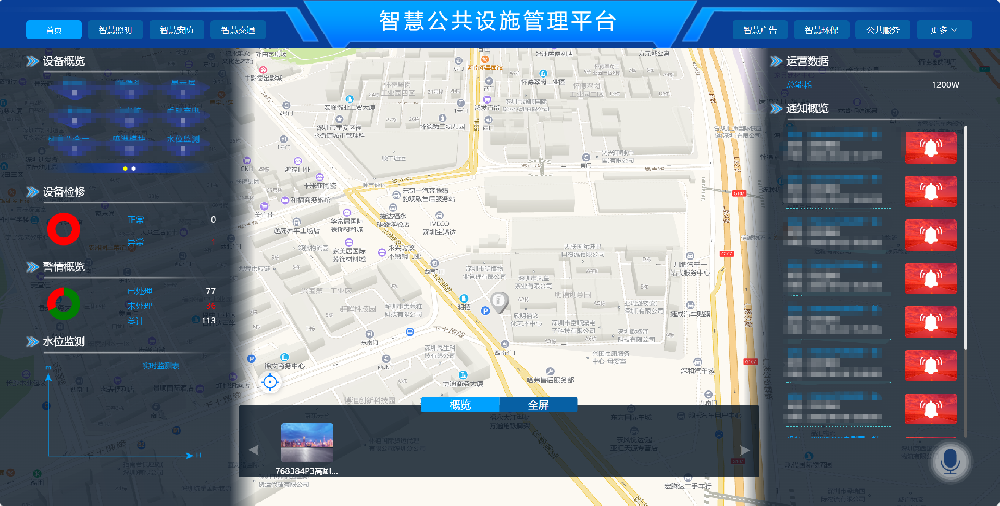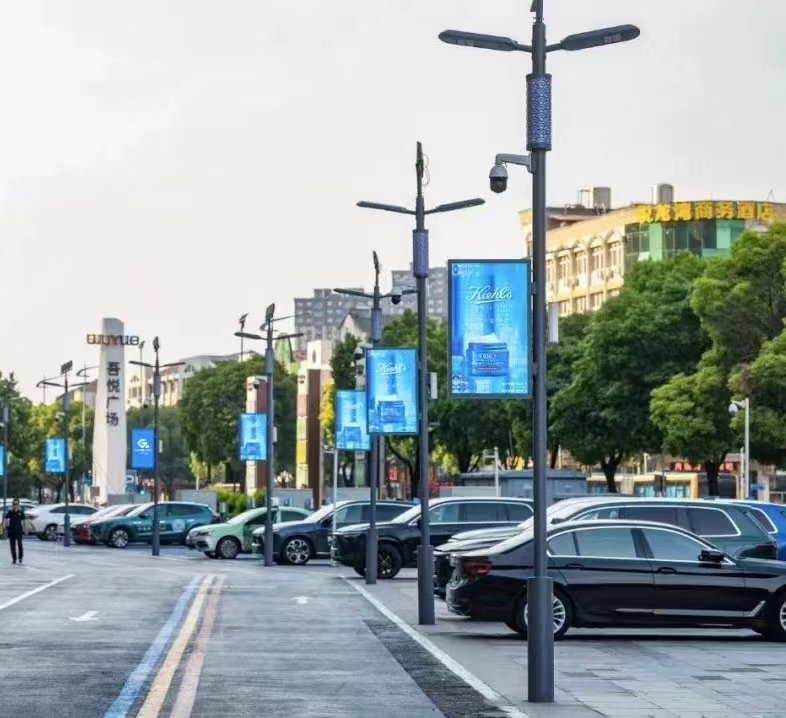Smart City 'Super Butler'
- a city where trash cans think, benches know how to maintain health, and manhole covers can warn!
the moment of digital ecological awakening
smart seat pops up according to heart rate changes" Suggested Rest" prompt<<>
p style="line-height: 1.5em; text-align: left;"> water dispenser automatically adjusts the warm water at 22°C and pushes a hydration reminder
the electronic guide screen to generate personalized exercise reports, recommending "low-intensity Tai Chi paths"
12 categories of public facilities in the city, a total of 380,000 public facilities, are being passed through " The "Urban Nerve Center 2.0" system is woven into organic life.
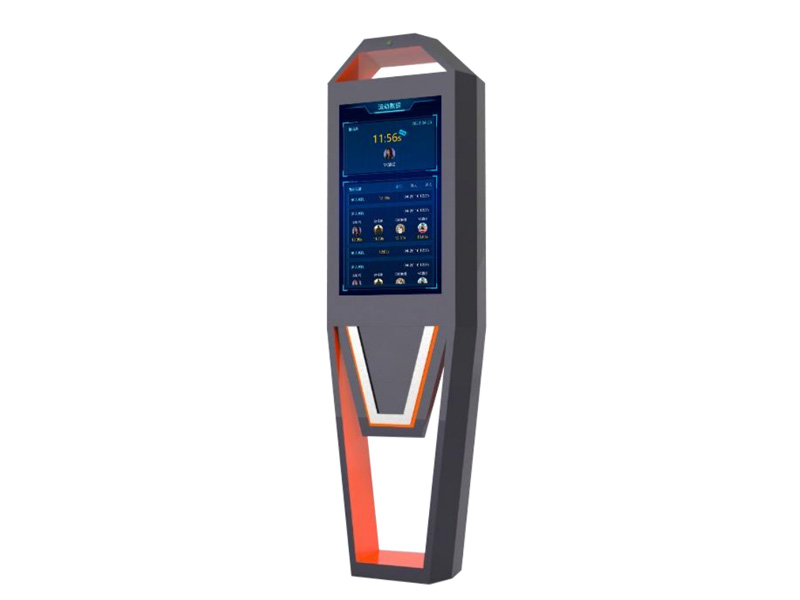
1. Full Scene Coverage
build a third-generation smart public facility cluster, break through the limitations of a single function, and build a complete closed loop of environmental perception, data analysis, and service response:
1. The environment awareness matrix
facility type | core sensor | extension |
smart street lamp | mmWave radar + thermal imaging | traffic flow prediction/fall monitoring |
ecological trash can | weight perception + composition analysis | garbage sorting error correction/cleaning route optimization |
smart manhole cover | inclination monitoring + gas detection | waterlogging warning/biogas safety control |
multi-purpose platform | face recognition (anonymization). | Lost Person Comparison/Passenger Density Warning |
2. service response network
when a rainstorm strikes, complete the coordinated response of "manhole cover pressure relief + street light warning + bus reroute" within 30 seconds
the elderly suddenly fall ill, and the nearest 5 facilities will start the emergency channel guidance synchronously
the flow of people in the commercial area exceeds the limit, automatically triggering "intelligent diversion + temporary toilet deployment + security patrol enhancement".
2. From "used" to "understood".
scenario 1: "non-sensitive service" of commuters
programmer Kobayashi scans the code at the smart bus stop to get the "Coffee Wake Up Package":
the smart seat is heated at 40°C to match today's perceived temperature
push "Nutrition Guide for Brain Workers" on the electronic screen
the incoming bus automatically reserves a breakfast pick-up cabinet
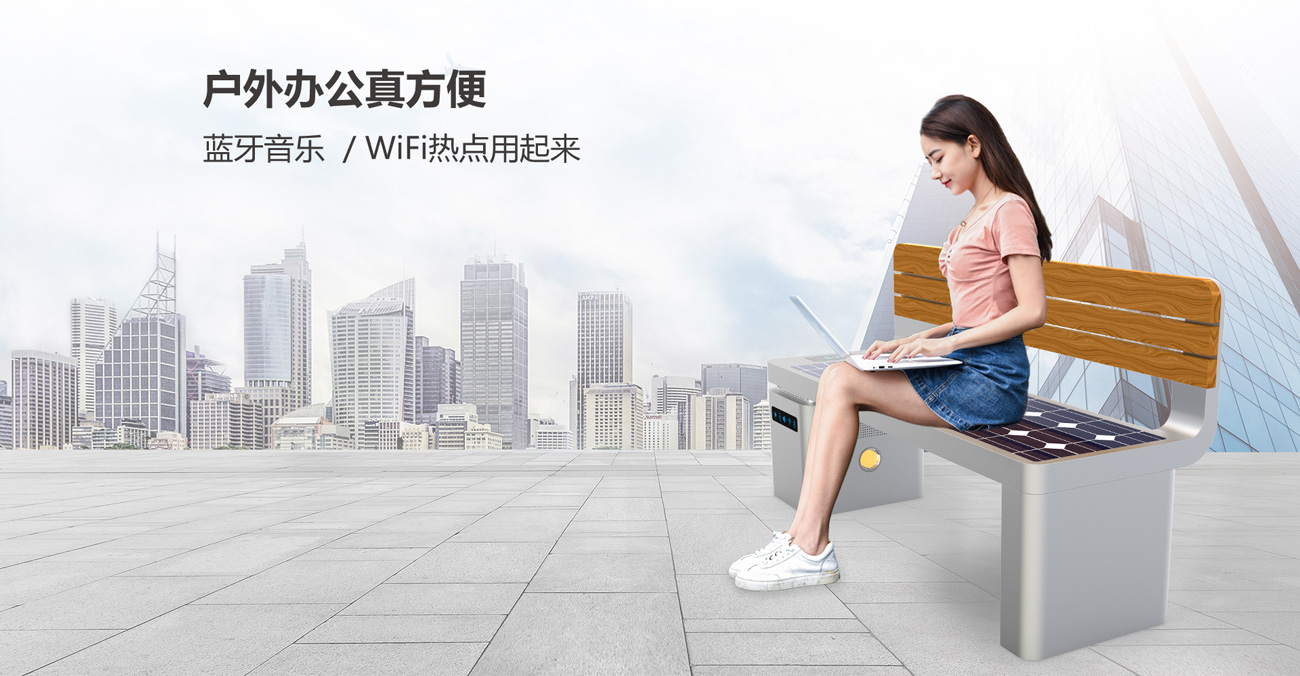
scenario 2: "Accurate reporting" of urban O&M<<>span style="font-size: 16px;">
sanitation worker Lao Zhang's smart bracelet vibrates, showing "No. 17 XX Road trash can abnormal":
biodegradable chamber temperature anomaly (real-time data: 63°C/normal threshold<55°c)<>
system has automatically isolated the faulty unit and distributed a special disposal kit
guide to complete the overhaul, the whole process takes 8 minutes and 23 seconds
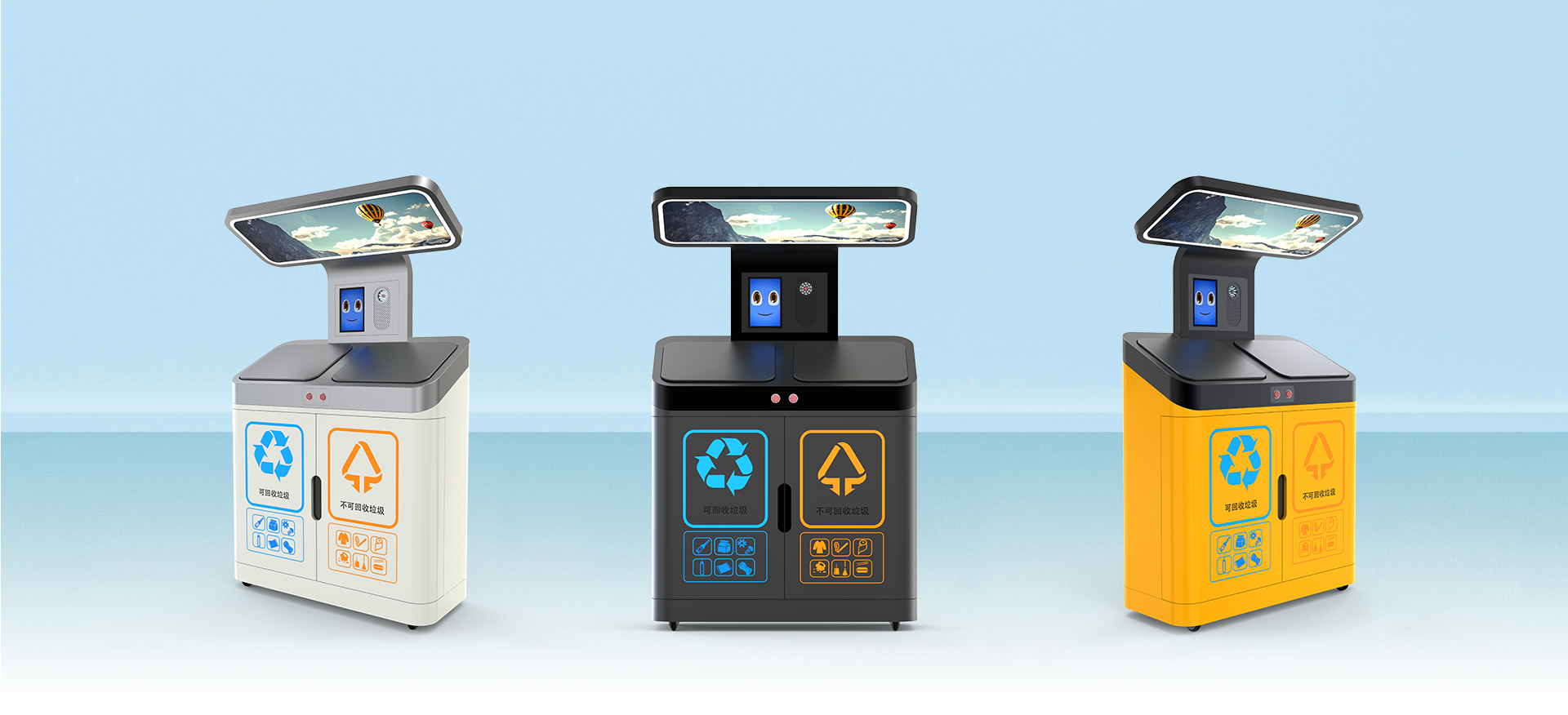
Scene 3: "Space-time folding"
the visitor triggers the "Augmented Reality Tour" in the Ancient Buildings Conservation Area
touch the smart lamppost to activate the holographic projection
Intelligent Floor Tile Synchronous Vibration Simulates Historical Scenes
the fragrance system in the air releases the characteristic scent of the corresponding dynasty
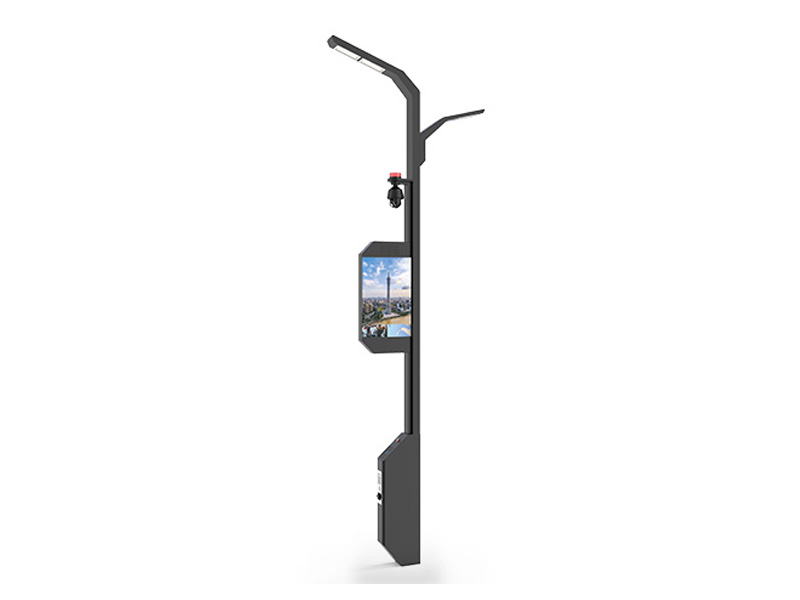
3. From "crowd tactics" to "algorithm scheduling".
data cockpit real-time dashboard (May 2024 data)
>
metrics | traditional mode | intelligent system | improve performance |
facility failure response | 2.7 hours | 11 minutes | 85%↑ |
public event handling | coordinate 5 times with multiple departments | automatically cross-domain association | 70%↑ |
energy consumption | 100% of the base value | 63% | 37%↓ |
citizen satisfaction | 78 points | 93 points | 19%↑ |
typical case: cross-facility joint defense system
During the 2024 Ching Ming Festival, the system predicts the crowd of people 72 hours in advance:
smart cemetery automatically plans the "diversion worship path"
the surrounding street lights to extend the illumination period and reduce glare
the emergency service station to generate a "heat map of fire protection materials"
Zero safety incidents and 87% traffic congestion reduction were achieved.
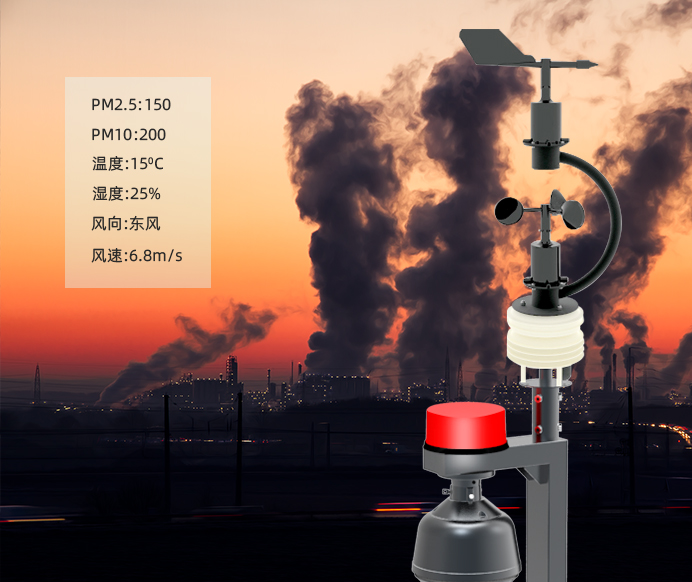
4. Technical base
secret lies in the "three-layer intelligent architecture":
nerve endings: Each facility is equipped with an autonomous decision-making chip to achieve 200ms real-time response
regional coordination layer: 5G+MEC edge computing nodes handle facility collaboration within 1 square kilometer
urban brain layer: 17 billion facility operation simulations are optimized every day by quantum computers
the "carbon sensing network" being tested shows greater potential:
uses the facility's electricity consumption data to deduce the carbon emissions of enterprises
Dynamically adjust the carbon sink scheme in public areas based on meteorological forecasts
generate personal low-carbon behavior points, which can be exchanged for charging discounts and other benefits
city as a service, technology as temperature

